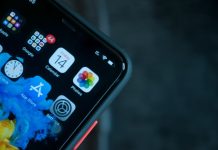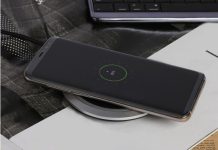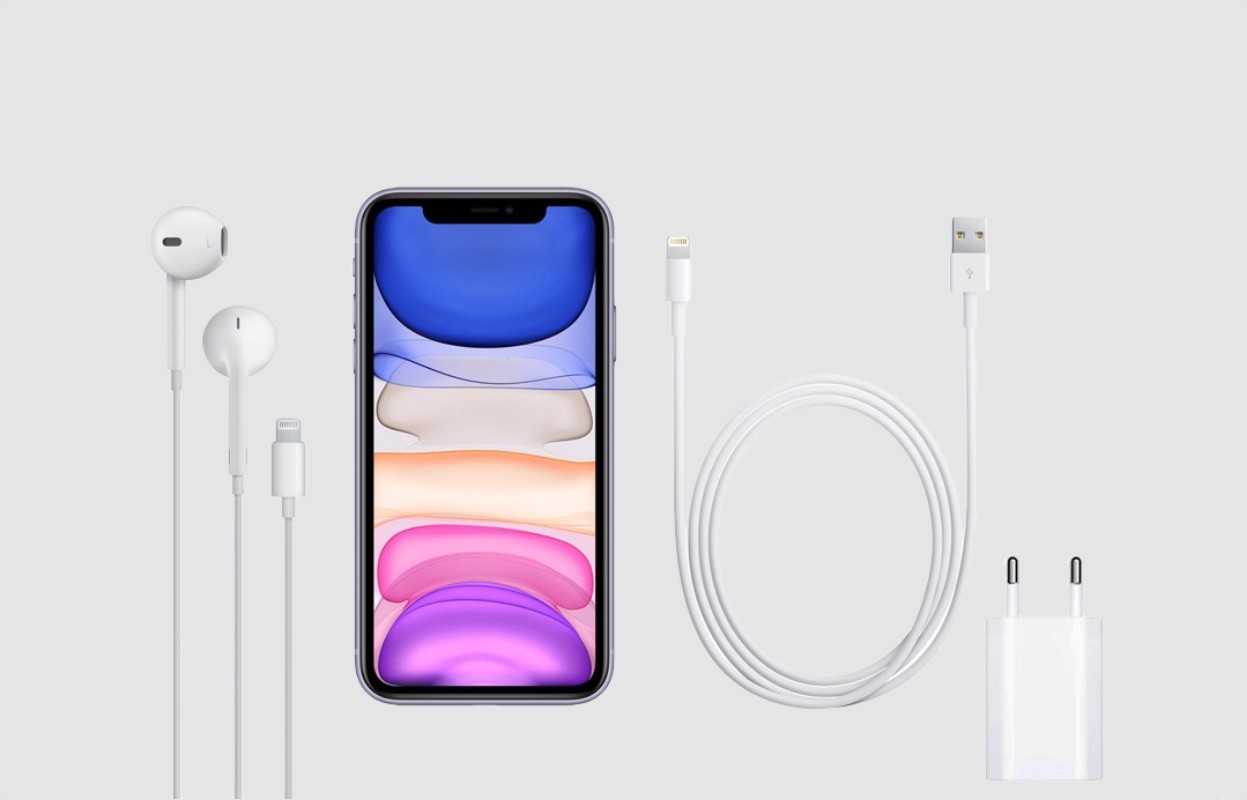
For years, the “classic” iPhones were terminals that charged very fast, since in addition to including 5-watt and 1-amp chargers in their boxes, they also had generally smaller batteries that cost little to fill. However, there came a time when they stagnated and were slow to charge because their batteries grew but their chargers remained, even though models like the Plus could charge faster with iPad chargers.
Finally, with the iPhone 8 and X came support for fast charging up to 18 watts, but the integrated charger was still the same as in 2010, the iPhone 4 (the previous ones had the same power, but the charger was chubbier). This has been the case until the iPhone 11 Pro and 11 Pro Max, which finally include an 18-watt USB-C to the Lightning charger.
Same old charger
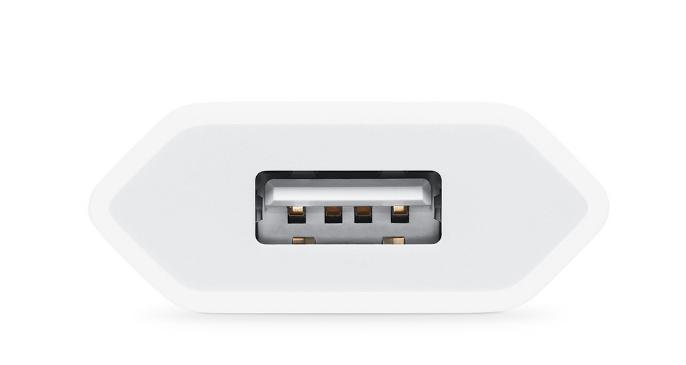
But what about the iPhone 11, successor to the XR and also compatible with fast charging? It includes the aforementioned iPhone 4 charger, despite having a battery of approximately 3,000 mAh that with that energy flow takes more than three hours to charge. At least that’s how it was on the iPhone XR, and nothing has changed.
If you have in mind buying an iPhone 11 and want to charge at the maximum speed it supports, you should know that in addition to a Power Delivery fast charging compatible charger, you must purchase a new USB-C to Lightning cable that is precisely compatible with it, or You may want to keep the USB-A to Lightning cable that came in the box, for use with a compatible charger. If you want to buy an official Apple charger and cable, the pack will cost you an extra 60 euros.
This is the situation in other brands
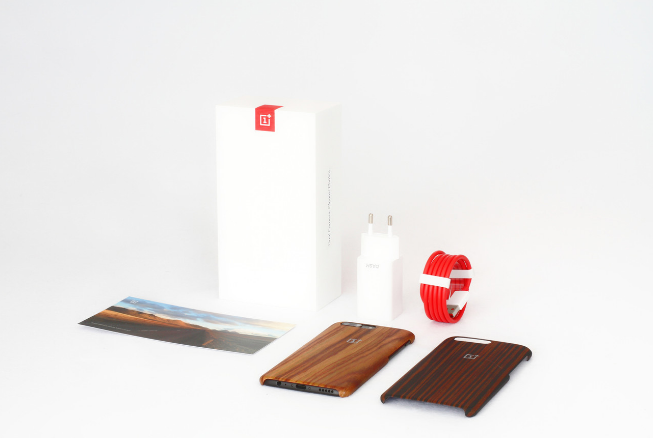
Apple’s situation is anomalous and strange since most of its competitors have included fast-charging chargers in the box for several generations. Manufacturers do not always include the fastest ones that they have or have manufactured, as is the case with the Samsung Galaxy Note 10 Plus that comes with 25 watts and allows up to 45, but in general, those that arrive with the devices are more than enough to charge relatively quickly for most needs.
|
CHARGER |
BATTERY |
|
|---|---|---|
|
iPhone 11 |
5W |
na |
|
Huawei P30 |
22.5W |
3,650mAh |
|
Huawei P30Pro |
40W |
4,200mAh |
|
OnePlus 7Pro |
30W |
4,000mAh |
|
Samsung Galaxy S10 |
15W |
3,400mAh |
|
Samsung Galaxy Note10 |
25W |
3,500mAh |
|
xiaomi mi 9 |
18W |
3,300mAh |
|
google pixel 3 |
18W |
2,915mAh |
|
LG G8 ThinQ |
16W |
3,000mAh |
As we can see, among the selected terminals, there are some in a price range similar to the iPhone 11, lower and higher, but they all have something in common, their built-in charger is at least three times as powerful, and it has fast charging. In addition, the smaller batteries are similar to the one that the iPhone 11 probably includes, if we take the one of the iPhone XR with which it shares the chassis.
Why is it that Apple skips the inclusion of a fast charging charger and continues betting on 5 watts? Until now, there were several theories. Since many batteries get hotter and more stressed with fast charging, Apple including 5-watt chargers in the box was seen as a conservative measure to extend the useful life, even though iPhones already support fast charging. It must be remembered that battery problems forced replacement battery prices to be set at 29 euros, and Apple had to communicate that it was slowing down the iPhone to avoid reboots.
Until now, it seems that Apple’s argument for not including a fast-charging charger was the longevity of the batteries, but by including one in the iPhone 11 Pro, the logic is invalidated.
However, the argument that the 5-watt charger arrives in the box for battery health issues becomes meaningless when the top models, iPhone 11 Pro and iPhone 11 Pro Max, arrive with 18-watt chargers that charge a lot. Faster. It could be argued that perhaps the battery technology used in the higher models is more advanced and degrades less at higher speeds, but it is probably a cost saving in a terminal 350 euros cheaper. In addition, we must not forget the smart charging mode of iOS 13 with which the iPhone 11 will arrive, which in itself will improve battery life.
In any case, fast charging has been on Android for many years, since 2014 / 2015 as the years of the explosion, and there is no information that terminal batteries degrade at a faster rate than when we used slower charging systems. Finally, to say that in the mid-range of about €300, fast charging is also something already mainstream, both in support and in chargers included in the box.

Sharlene Meriel is an avid gamer with a knack for technology. He has been writing about the latest technologies for the past 5 years. His contribution in technology journalism has been noteworthy. He is also a day trader with interest in the Forex market.



